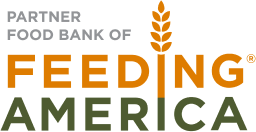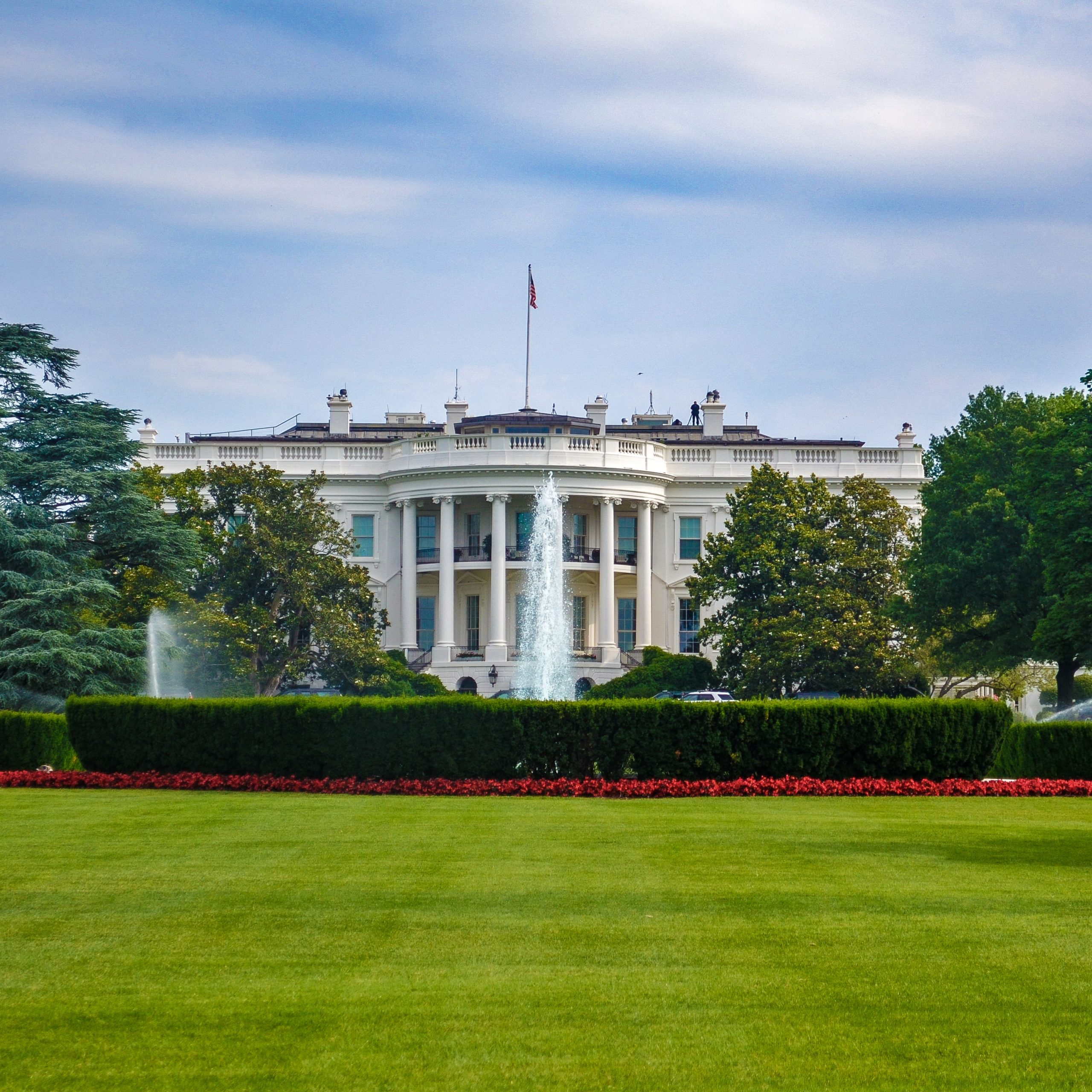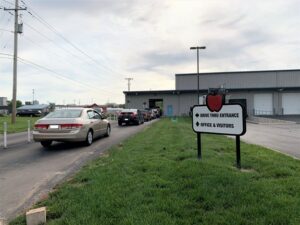Opportunities For Change
Labor Day, The White House Conference, and What We Can Do About Hunger
By Mary Beringer, Grant Writer
In December of 1969, President Richard Nixon and his staff convened the White House Conference on Food, Nutrition and Health, the first meeting of its kind. The event was a reaction to many Americans discovering the full extent of hunger in their country in stark contrast to the perception of widespread prosperity since WWII.
In the months before the Conference, “dozens of committees and individuals representing major federal, state, and local governments, the private sector, and voluntary organizations ranging from professional societies to churches and advocacy groups met to formulate recommendations” for how to end hunger in America. In December, the Conference came together, chaired by Dr. Jean Mayer, who was a professor from the Harvard School of Public Health. The members of the Conference then met to discuss and debate the recommendations, creating new suggestions from them. While these discussions were taking place in a D.C. hotel, Vietnam War demonstrations were happening down the street.
The Conference resulted in expansions to the Food Stamp Program (what we now know as SNAP) and the National School Lunch Program (NSLP), as well as the creation of the Supplemental Feeding Program for Women Infants and Children (WIC). Food labels were also improved in the wake of the Conference, and guidelines for healthy eating were formulated. These programs have had a lasting impact for years to come, such as WIC, SNAP, and the NSLP, which are still in use by millions of Americans today.
In September 2022, the Biden Administration will host the White House Conference on Hunger, Nutrition, and Health. It will be the first conference of its kind since 1969. The conference lists its goal as “End hunger and increase healthy eating and physical activity by 2030, so that fewer Americans experience diet-related diseases like diabetes, obesity, and hypertension.” The event is centered around five pillars of focus:
White House Conference Pillars
- Improve food access and affordability: End hunger by making it easier for everyone — including urban, suburban, rural, and Tribal communities — to access and afford food. For example, expand eligibility for and increase participation in food assistance programs and improve transportation to places where food is available.
- Integrate nutrition and health: Prioritize the role of nutrition and food security in overall health, including disease prevention and management, and ensure that our health care system addresses the nutrition needs of all people.
- Empower all consumers to make and have access to healthy choices: Foster environments that enable all people to easily make informed healthy choices, increase access to healthy food, encourage healthy workplace and school policies, and invest in public messaging and education campaigns that are culturally appropriate and resonate with specific communities.
- Support physical activity for all: Make it easier for people to be more physically active (in part by ensuring that everyone has access to safe places to be active), increase awareness of the benefits of physical activity, and conduct research on and measure physical activity.
- Enhance nutrition and food security research: Improve nutrition metrics, data collection, and research to inform nutrition and food security policy, particularly on issues of equity, access, and disparities.
The Foodbank, Inc. is excited to participate in these discussions, and we have several concerns we are prepared to bring to the table to help address food insecurity in America. One of those concerns ties directly with another Septe mber event, Labor Day.
mber event, Labor Day.
Labor Day may not initially appear to have anything to do with hunger, but the fair compensation of labor is critical for the elimination of food insecurity. Food makes up 13.7 to 15.5 percent of a household budget for families making less than $40,000 a year, according to some calculations. When unexpected costs occur, like car trouble or medical emergencies, many families choose to make cuts to the most flexible part of their budget: food. September is also Hunger Action Month, and organizers this year are putting an emphasis on how food shouldn’t be an impossible choice. One of the factors that can force people to choose between food and other vital resources is income.
When jobs do not pay enough for a person to feed and support their family, that family often ends up turning to food assistance programs like SNAP, WIC, and food pantries. These costs end up impacting everyone in the country, since “health-related costs of food insecurity for just one year (2014) were estimated at $160.7 billion”. It is a vicious cycle that leads to more poverty, poor health, and food insecurity. The federal government has spent more than 23 trillion dollars on poverty relief programs since the 1960’s, to little effect.
Some Americans worry that raising the minimum wage would force employers to reduce the number of staff or increase prices. Though it is possible that increasing the minimum wage to $15 per hour would result in job losses, experts cannot seem to agree exactly how many jobs would be lost. Researchers say cost increases would likely be negligible when spread across all consumers and could be alleviated by large corporations cutting back on profit margins at the highest levels.
 On the other hand, the Congressional Budget Office estimates that raising the minimum wage to $15 per hour across the country would lift nearly a million people over the poverty line. States like California, where the minimum wage is already $15 and the cost of living is high, would be less affected than states like Kentucky or Alabama, but the whole country would benefit from an increase in the population of people who are able to take care of their families and live full lives.
On the other hand, the Congressional Budget Office estimates that raising the minimum wage to $15 per hour across the country would lift nearly a million people over the poverty line. States like California, where the minimum wage is already $15 and the cost of living is high, would be less affected than states like Kentucky or Alabama, but the whole country would benefit from an increase in the population of people who are able to take care of their families and live full lives.
In Ohio, the current minimum wage is $9.30 per hour, with plans to increase that to $13 per hour by 2025. On a federal level, there are initiatives to take the national minimum wage up to $15 per hour, though these proposals have met considerable resistance. This is despite the fact that the $4.03 minimum wage from 1973 would have the same buying power as more than $25 today, in 2022.
The Foodbank is passionate, not just about helping everyone in line, but shortening the line. We are committed to equity and try to set an example, with things like a living wage for all our employees. Other businesses can do the same, especially big corporations. The White House Conference is in a prime position to initiate large-scale change. It happened before in 1969, and it can happen now in 2022. All we need are advocates with strong voices who are willing to demand change, and leaders who are brave and compassionate enough to put it into action.
References
References
“1969 White House Conference – 50Th Anniversary Of The White House Conference On Food, Nutrition, And Health”. Tufts.Edu, https://sites.tufts.edu/foodnutritionandhealth2019/1969-white-house-conference/.
“Conference Details”. Health.Gov, 2022, https://health.gov/our-work/nutrition-physical-activity/white-house-conference-hunger-nutrition-and-health/conference-details.
“White House Conference On Hunger, Nutrition, And Health”. Health.Gov, 2022, https://health.gov/our-work/nutrition-physical-activity/white-house-conference-hunger-nutrition-and-health.
Brannan, Isabel et al. Minimum Wage & Hunger. 2022, https://storymaps.arcgis.com/stories/654cc7d56e654485930a5faa44da2bbe.
Kennedy, Eileen, and Johanna Dwyer. “The 1969 White House Conference On Food, Nutrition And Health: 50 Years Later”. Pubmed Central, 2020, https://www.ncbi.nlm.nih.gov/pmc/articles/PMC7279882/.
Mishel, Lawrence et al. “Wage Stagnation In Nine Charts”. Economic Policy Institute, 2015, https://www.epi.org/publication/charting-wage-stagnation/.
Smith, Kelly. “What You Need To Know About The Minimum Wage Debate”. Forbes Advisor, 2021, https://www.forbes.com/advisor/personal-finance/minimum-wage-debate/.




No comment yet, add your voice below!